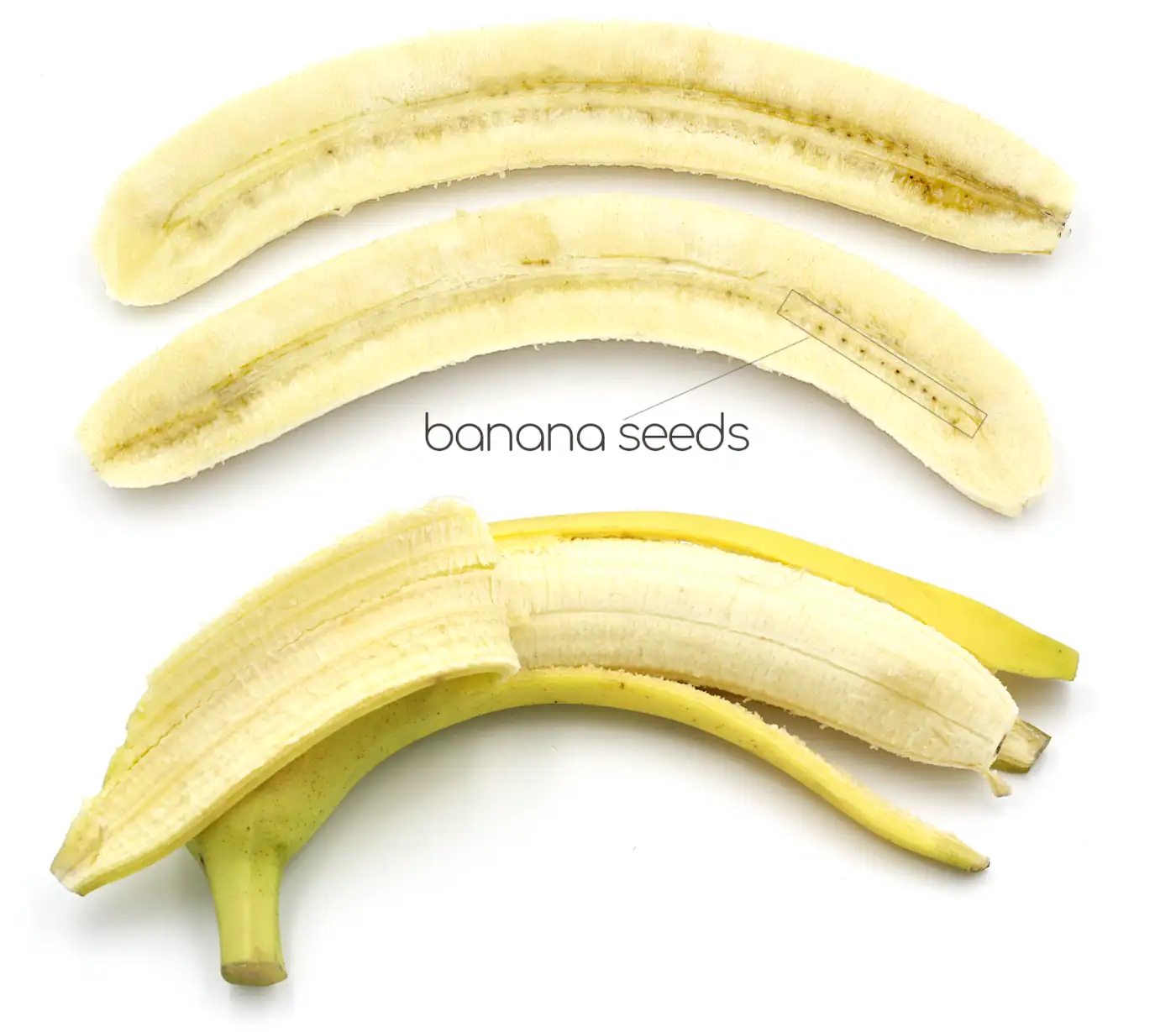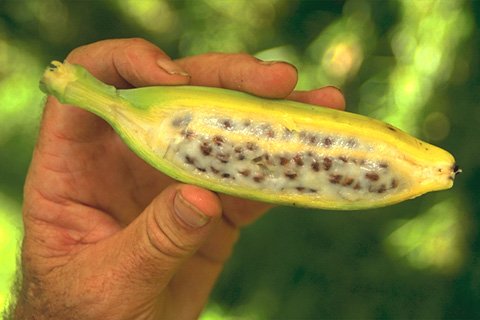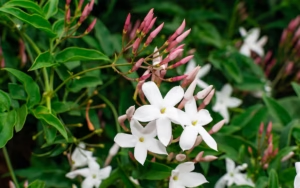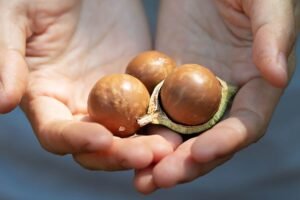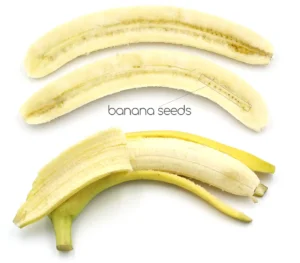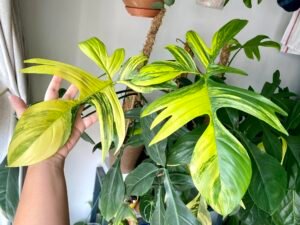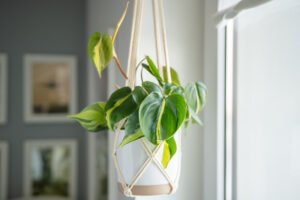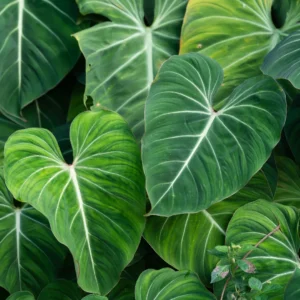Growing bananas from seeds can be a rewarding process for anyone with a green thumb or a love for tropical plants. While bananas are commonly associated with seedless varieties, wild bananas do have seeds, and cultivating them can be an exciting project. In this guide, we’ll dive into everything you need to know about growing bananas from seeds, step by step.
Table of Key Information
| Common Name | Banana |
|---|---|
| Botanical Name | Musa spp. |
| Family | Musaceae |
| Plant Type | Perennial herb |
| Mature Size | 10-25 feet tall |
| Sun Exposure | Full sun |
| Soil Type | Well-drained, loamy |
| Soil pH | Slightly acidic (5.5–6.5) |
| Hardiness Zones | 9–11 (USDA) |
| Native Area | Southeast Asia |
| Toxicity | Non-toxic to humans and pets |
Do Bananas Have Seeds?
If you’ve ever eaten a store-bought banana, you might wonder whether bananas have seeds. The short answer is yes—wild bananas have seeds, but cultivated varieties (like the Cavendish) have been bred to be seedless.
Why Don’t Store-Bought Bananas Have Seeds?
Commercially grown bananas are propagated through cloning, not seeds. Over years of selective breeding, growers have prioritized seedless fruit for easier consumption. These bananas are sterile, meaning they don’t produce seeds at all.
Wild Bananas vs. Cultivated Bananas
Wild bananas (Musa acuminata or Musa balbisiana) contain large seeds embedded in the fruit. These seeds are viable and can be planted to grow banana plants. However, the fruit of wild bananas is smaller and often less sweet than the cultivated ones.
Can You Grow Bananas from Seeds?
Yes, you can grow bananas from seeds, but it requires patience and the right conditions. This is more common with ornamental or wild banana species rather than edible varieties.
Challenges of Growing Bananas from Seeds
- Seed Dormancy: Banana seeds often have a hard shell, making germination a slow process.
- Specific Conditions: Seeds need warmth, humidity, and consistent moisture to germinate.
- Time Investment: Germination can take anywhere from 3 weeks to 6 months, depending on the species.
Benefits of Growing Bananas from Seeds
- Genetic Diversity: Growing from seeds allows for variation in plants.
- Ornamental Value: Some wild bananas produce striking flowers and are ideal for tropical gardens.
How to Grow Bananas From Seeds
Growing bananas from seeds involves several stages, from sourcing the seeds to nurturing the young plants. Below is a step-by-step guide:
Step 1: Sourcing the Seeds
- Choose Wild Banana Seeds: Purchase seeds from reputable suppliers specializing in tropical plants.
- Inspect Seed Quality: Ensure the seeds are not damaged and come from a reliable source.
Step 2: Preparing the Seeds
- Scarify the Seeds: Use sandpaper or a nail file to lightly scratch the seed’s surface. This helps water penetrate the hard shell.
- Soak the Seeds: Place the seeds in warm water for 24-48 hours to soften the shell and improve germination rates.
Step 3: Creating the Right Growing Conditions
- Use a Seed Tray or Pots: Fill a tray or pots with a well-draining potting mix.
- Ensure Proper Drainage: The soil should retain moisture without becoming waterlogged.
- Warmth and Humidity: Place the tray in a warm location with temperatures between 75–85°F (24–29°C).
Step 4: Planting the Seeds
- Depth: Plant the seeds about 1/2 to 1 inch deep in the soil.
- Spacing: Space the seeds at least 6 inches apart if planting in the same tray.
Step 5: Watering and Care
- Keep Soil Moist: Water regularly to maintain consistent moisture.
- Monitor for Growth: Germination can take weeks or months. Be patient and check for sprouts regularly.
How to Plant Banana Seedlings
Once your banana seeds have germinated and grown into seedlings, it’s time to transplant them into a more permanent location.
Step 1: Choosing the Right Location
- Sunlight: Select a spot with full sun exposure. Bananas thrive in at least 6–8 hours of sunlight daily.
- Shelter: Protect young plants from strong winds, as bananas have delicate leaves.
Step 2: Soil Preparation
- Loamy Soil: Bananas prefer rich, well-draining soil.
- Amend the Soil: Mix in compost or organic matter to improve fertility.
Step 3: Transplanting the Seedlings
- Dig a Hole: Create a hole twice as wide and deep as the seedling’s root ball.
- Plant the Seedling: Place the seedling in the hole, backfill with soil, and gently firm it down.
Step 4: Watering and Fertilizing
- Water Thoroughly: After planting, water deeply to help establish the roots.
- Add Fertilizer: Use a balanced fertilizer to promote healthy growth.
How Bananas Produce Fruit
Banana plants are unique in how they grow and produce fruit. Understanding this process can help you care for your banana plant effectively.
Growth Stages
- Vegetative Growth: The plant grows a pseudostem (a trunk-like structure) made of tightly packed leaf sheaths.
- Flowering Stage: After 10–15 months, the plant produces a flower stalk.
- Fruit Development: Bananas develop from the flower clusters and mature over several months.
Harvesting Bananas
- Bananas are ready to harvest when they are plump and slightly green.
- Cut the fruit bunch from the plant and allow it to ripen off the plant for optimal sweetness.
FAQ
1. How long does it take to grow bananas from seeds?
Banana seeds can take anywhere from 3 weeks to 6 months to germinate. After that, it takes another 10–15 months for the plant to mature and produce fruit.
2. Can I grow bananas indoors?
Yes, you can grow dwarf banana varieties indoors in large pots. Ensure they receive adequate sunlight and warmth.
3. Do bananas need a lot of water?
Bananas are water-loving plants. Keep the soil consistently moist but not waterlogged.
4. Can I eat bananas grown from seeds?
If you’re growing wild bananas, the fruit may be edible but contain large seeds and have a different texture than cultivated varieties.
5. What pests or diseases affect banana plants?
Common pests include banana weevils and aphids. Diseases like Panama disease and banana leaf spot can also be problematic. Use organic methods or suitable pesticides to manage these issues.
Growing bananas from seeds is a fascinating journey that requires patience and dedication. By following the steps outlined above, you can successfully grow a banana plant and enjoy its lush greenery—and possibly even its fruit! Whether you’re cultivating wild bananas for ornamental purposes or simply exploring this unique method, the rewards of growing your own banana plant are well worth the effort.
Read also: Chinese Lantern Plant: How to Grow and Care for Chinese Lantern Plant

